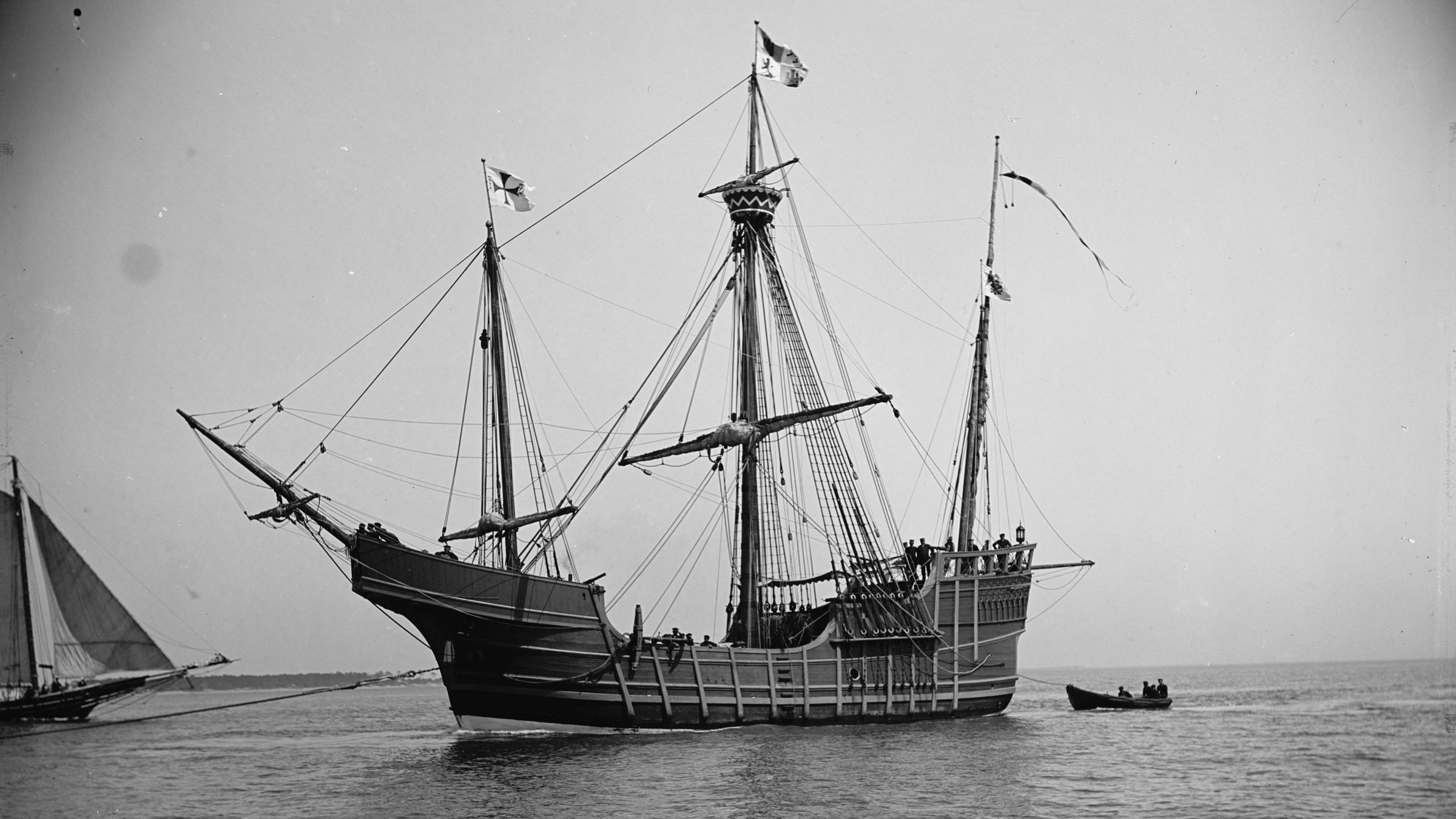The United Nations Educational, Scientific, and Cultural Organization (UNESCO) announced Monday that a shipwreck found off the north coast of Haiti is not Christopher Columbus’ flagship, the Santa Maria. In May, that American explorer Barry Clifford believed he had found Columbus’ ship.
, written by mission leader Xavier Nieto Prieto, says that “there is now incontestable proof that the wreck is from a much later period.”
The Santa Maria sank in December 1492, when it struck a reef off the coast near the city of Cap-Haitien. , the team discovered bronze or copper nails and spikes at the site, whereas the Santa Maria would have been made with parts of iron or wood.
UNESCO said the report was conducted in a “neutral and scientific manner,” but, according to the AP, Clifford disputes the findings, claiming that the report was flawed because Prieto and his team did not consult him or the photos and charts he made of the wreckage site. “All of this information I would have made available to UNESCO, and they never asked me for it,” he told the AP. Clifford also said the copper components could be from a different shipwreck that cross-contaminated the Santa Maria site, an area where several ships are known to have sunk. He believed he had found the bones of the Santa Maria based on the location as well as the presence of types of stones used for ballast in that era and a period-specific cannon.
But that no tests were carried out to determine the exact age of the bronze or copper items.
Prieto’s report, which was requested by the Haitian government, also says it’s possible that the real Santa Maria is buried under what is now land due to heavy sedimentation from rivers that empty into the bay off Cap-Haitien. It also says that Columbus’ own journal makes the Santa Maria out to be closer to shore than Clifford’s discovery.


